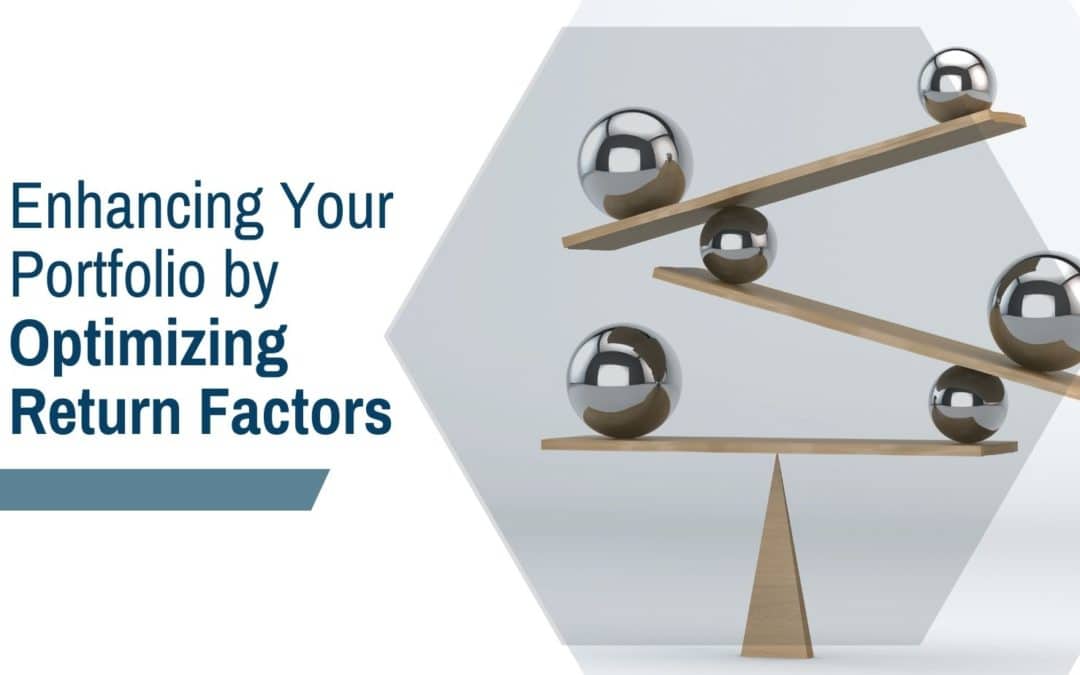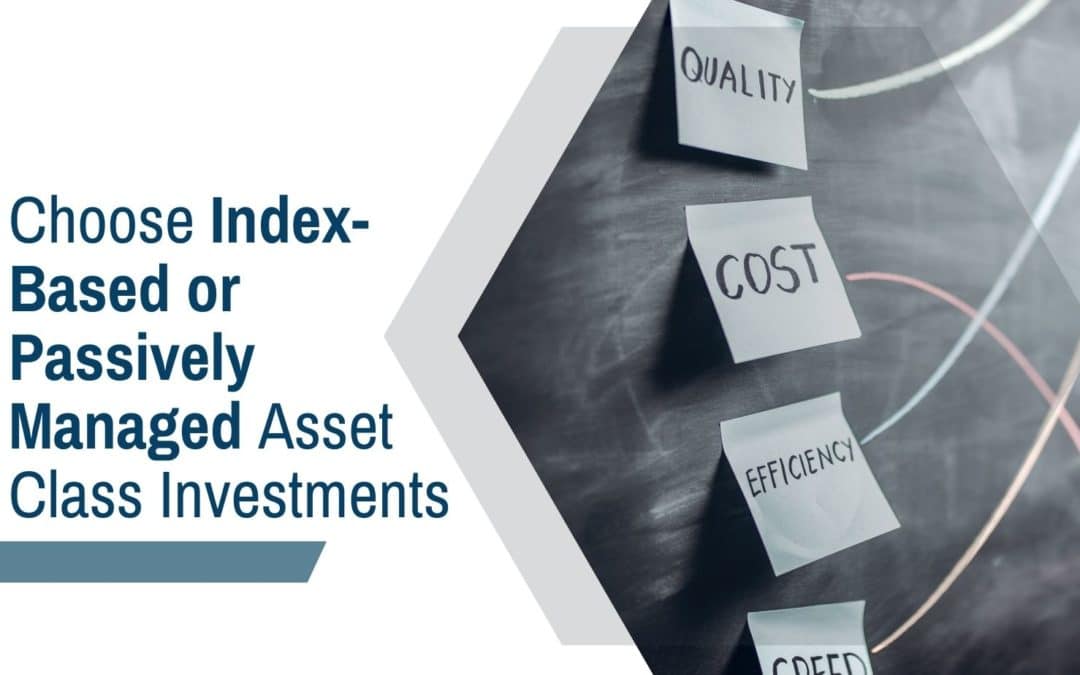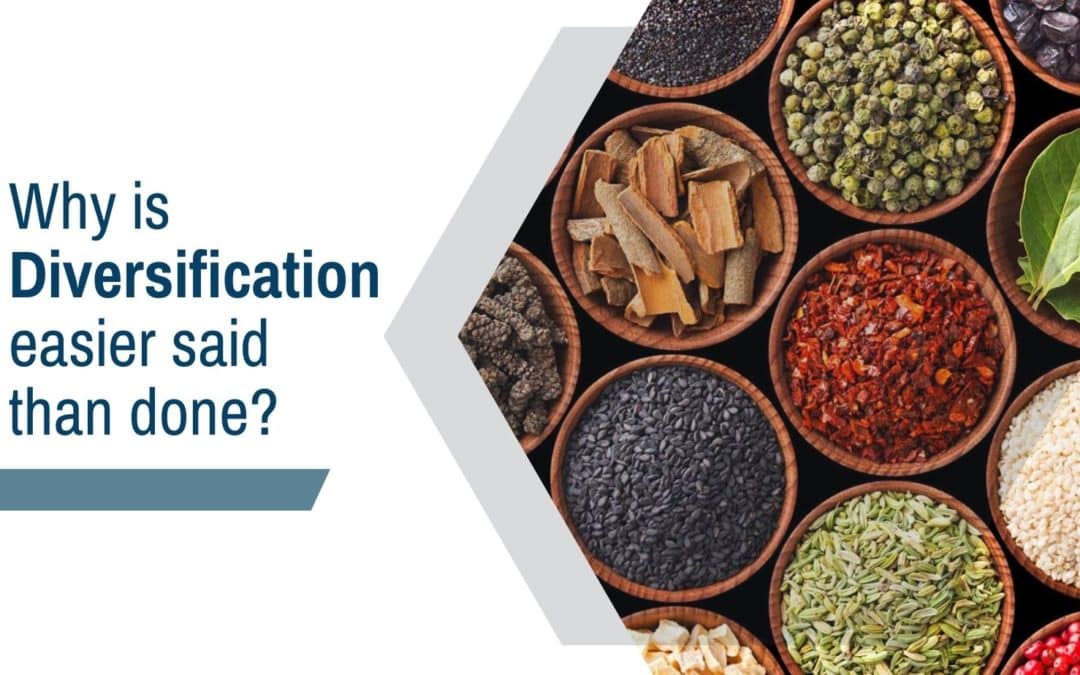the empowered investor
Investment Principal #1: Invest in Asset Classes
Asset Classes Are the Building Blocks for Evidence-Based Investing
Key Takeaways
- Asset class investing is the first of four key components essential to every evidence-based investment portfolio.
- An asset class is a group of investments that share similar characteristics and behave in approximately the same way, in response to various market conditions.
- We recommend organizing your investment portfolio by asset classes, instead of trying to pick individual stocks or time the market.
- Evidence suggests your portfolio’s asset class mix has a much larger impact on its variation of returns, compared to stock-picking and/or market-timing techniques.
- Asset class investing also facilitates effective diversification, helps minimize costs, efficiently captures “the average advantage,” and enhances investors’ peace of mind.
“Asset class investing is the healthy alternative to the fast-food fix of stock picking or market timing and the best means of securing your financial well-being in the long run.”
We’ve covered a lot of ground in our Empowered Investor blog series. After describing the most common investment mistakes, we looked at financial and investment planning throughout your life, and then introduced the timeless role and history of evidence-based investing. If you’re keeping count, that means we’ve now rounded third base and are heading for home plate. In this final stretch, we’ll cover four key components essential to every evidence-based investment portfolio. These include:
- Asset class investing
- Diversification
- Passive or index-based market exposure
- Return factors
You’ll also find a closer look at each of these in our book, The Empowered Investor. Today, we’ll take a swing at asset class investing. What are asset classes, and why should you care about them? You’re about to find out!
What’s an Asset Class?
“An asset class is a group of investments that share similar characteristics and behave in approximately the same way [in response to various market conditions].”
— Ruben Antoine, EBI Principle #1: Invest in Asset Classes
You might think of asset classes as similar to our bodies’ component parts—such as our skin, internal organs, skeleton, and circulatory system. Each of these components are part of our whole, but each also exhibits distinct qualities. Bones don’t bleed, for example, while veins won’t hold you upright.
In similar fashion, research has identified four primary asset classes in the market:
- Stocks
- Bonds
- Real estate
- Cash
Each of these broad asset classes plays a distinct role in your total portfolio. They can also be subdivided by various factors. For example:
- Across all asset classes, there are Canadian, U.S., international, and emerging markets positions.
- Among stocks, there are small vs. large companies, and value versus growth companies.
- Among bonds, there are government vs. corporate securities.
- Within real estate, there’s residential vs. commercial property.
- For cash, there are Treasury bills, GICs, and Canadian and global currencies.
These are just examples. There are other factors we’ll cover in a future post. Plus, commodities are an alternative asset class, including hard assets such as gold, oil, timber, and more. While it’s possible to invest directly in commodities, these positions can be costly, volatile, complex, and arguably extraneous in most investors’ portfolios.
Asset Class Investing: If You Can’t Beat ’Em, Join ’Em
So, what does all this mean to you and your investing? We organize our investments by asset classes, because the markets are otherwise a fickle forum in which to capture higher expected returns. Especially for those who try to get ahead by forecasting the future for particular stocks or market conditions.
For example, in our podcast Invest in Asset Classes, we noted how Apple (a U.S. large-company growth stock) is currently among the hottest holdings around. That’s common knowledge today. But in 2007, most market analysts and the public alike were naysaying the nascent iPhone, while touting their BlackBerry and Palm devices. It took some nerve to invest in Apple then, and yet what a ride it turned out to be! At the same time, there’s no telling when Apple may fall, leaving investors who bought high with a low-priced bag.
The point is, the market’s next big winners and losers are only obvious in hindsight, which means your odds for spotting them in advance are slim to none. These risks inherent in stock-picking and market-timing are nothing new, as we explored in an earlier post, Financial Forecasts, Market Predictions, and Other Fantastic Fairy Tales. That’s why we advise investing in funds that simply and cost-effectively capture returns from entire asset classes, informed by your personal financial goals and risk tolerances.
There are several other benefits to asset class investing.
Asset Classes Matter the Most
First, there is clear evidence that your portfolio’s asset class mix has a significantly larger impact on its variation of returns, compared to the impact of individual stock-picking or market-timing efforts.
Dimensional Fund Advisors conducted one such analysis in 2002, comparing 44 pension fund portfolios representing $450 billion USD in assets. They found the funds’ asset class weights determined up to 96% of any return variation among them. Various active stock-picking and market-timing efforts only accounted for 4% of the return variability.
In other words, you can best manage your investment outcomes by asking questions like, “How many stocks vs. bonds should I hold?” and, “How many of my stocks will be international vs. Canadian?” If you fixate instead on chasing random stocks, or dodging in and out of markets, it’s like swatting at the fleas instead of addressing the elephant in the room.
Instant Diversification, Lower Costs
We’re going to cover the benefits of diversification in our next post. Or, check out our podcast, EBI Principle #2: Diversify Your Asset Classes. Suffice it to say here, investing in entire asset classes is the easiest, most cost-effective way we know of for building a well-diversified portfolio, and minimizing the investment risks involved.
The Average Advantage
It’s an “Aha!” moment when you realize investing is one of the few places where being “average” is actually an improvement over the vast majority of other outcomes. This may seem counterintuitive, but Nobel Laureate William Sharpe proved as much in a 1991 landmark paper, in which he demonstrated (emphasis ours):
“If ‘active’ and ‘passive’ management styles are defined in sensible ways, it must be the case that
(1) before costs, the return on the average actively managed dollar will equal the return on the average passively managed dollar and
(2) after costs, the return on the average actively managed dollar will be less than the return on the average passively managed dollar.”
— William Sharpe, The Arithmetic of Active Management
In short, by earning asset class returns minus lower fees, the average asset class investor can expect to outperform the average, more expensive, active manager. Here at Tulett-Matthews, we refer to this as “embracing the average advantage”.
Worry Less, Live More
What’s not to love about an evidence-based investment strategy that helps you achieve your financial goals, and stop worrying about every bit of breaking news? We’ve touched on this intangible “peace of mind” benefit in past posts—such as when we discussed how having an investment philosophy helps you spend less time worrying about your money and more time enjoying it. The importance of investing toward a more meaningful life bears repeating, lest it be lost in the logistical weeds.
Next up, we’ll explore the benefits of using asset class investing to create a globally diversified portfolio. If you have questions or comments about what you’ve read so far, please reach out to us today. We love hearing from our readers!
Additional Reading:
- Extraordinary Popular Delusions and the Madness of Crowds, by Charles MacKay
- All About Asset Allocation, Second Edition, by Richard Ferri
- And, as always, our own book: The Empowered Investor
More Winning Investment Principals

Investment Principal #4: Maximize Returns with Key Investment Factors
Discover how investment factors can help you maximize returns. Learn strategic factor investing to enhance your portfolio.

Investment Principal #3: Using Passive/Index Funds or ETFs
Index-based or passive asset class funds focus on how to reduce the costs and frictions involved in capturing the market’s generous expected returns over time.

Investment Principal #2: Diversify Your Asset Classes
The magic behind diversification is found in a financial measure known as correlation, or the degree to which two asset classes move in similar patterns.
Stay on top of your financial education
Subcribe and follow to get updates on important wealth management topics.

Our Approach
Contact
3535 St-Charles Bvld
Suite 703
Kirkland (Québec) H9H 5B9
Connect